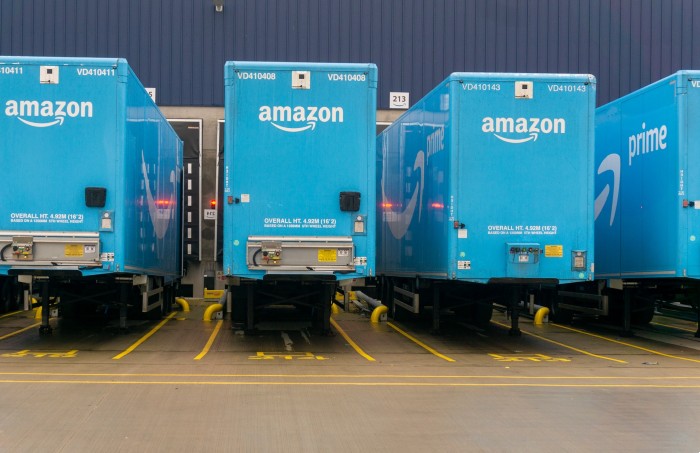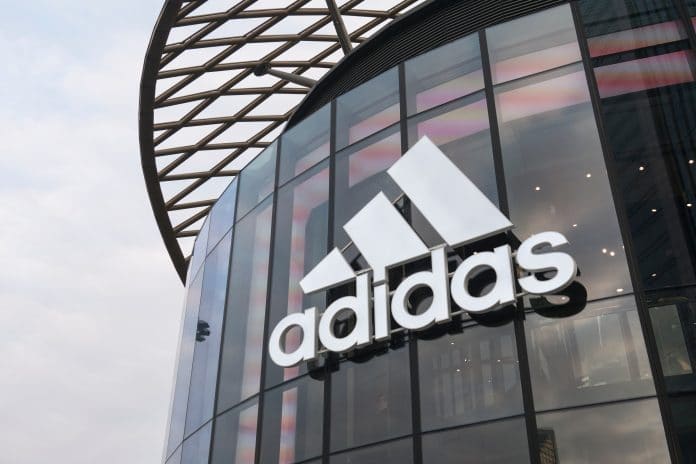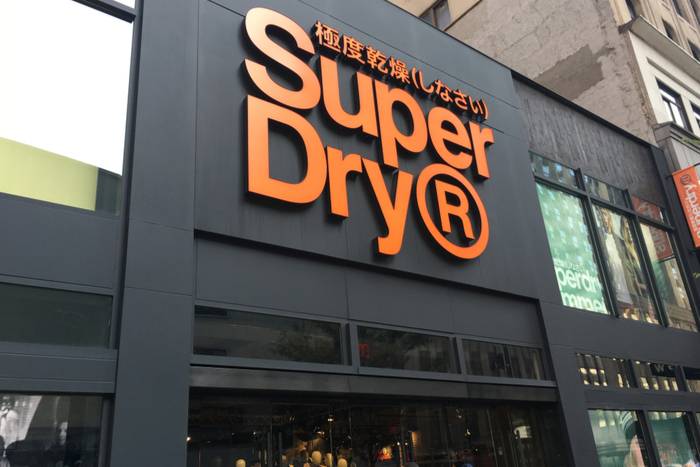For some retailers, same-day delivery may be a competitive differentiator that makes it worth running at a loss or compromising efficiency.
Same-day delivery has the potential to fundamentally change the way consumers shop. It integrates the convenience of online retail with the immediacy of bricks-and-mortar stores.
However, retailers are faced with challenges such as how much they can afford to compromise and how they can measure the overall business gain. Efficiency may be less important than meeting customer requirements in some cases, but retailers need to have enough orders coming in to make the operation worthwhile.
In recent years, an increasing number of retailers have started piloting and operating new
models of same-day delivery.
Most recently, Marks & Spencer announced it would introduce a same-day delivery service for clothing orders, becoming the first big fashion retailer to do so. The retailer said it aimed to compete with the likes of Asos, which currently offers next-day delivery.

Although online retailers are expected to benefit from reduced delivery time as almost immediate product access improves their position, bricks-and-mortar retailers in turn have a unique opportunity to combine their existing local infrastructure with an ecommerce channel to offer same-day delivery on a broad scale.
Jeff Bezos’ Amazon is already nurturing this vision and experimenting with innovative delivery concepts by allowing customers to opt for same-day delivery.
The challenge remains that for most retailers, it is arguably not viable to build and maintain a delivery fleet since they do not have sufficient purchases per day.
With Amazon’s vast network of distribution centres, blanket national coverage and sheer number of delivery journeys, coupled with a huge volume of data and processing power, the retailer is fully equipped for same day fulfilment.
The retailer fleet model is most common in the UK, where grocery retailers Tesco, Asda,
Sainsbury, and Ocado have built up their own delivery fleets to cope with the growing online grocery volumes and offer additional convenience to their customers.
According to a recent report by CACI, a big investment in technology, warehousing and stockholding is needed to operate a same day delivery process economically. Undoubtedly, if national same-day delivery was easy to provide profitably, many more retailers would be offering it to consumers.

Meanwhile, recent survey data from Bringg forecast that same-day delivery will become a “status quo” offering from retailers this year.
One-in-three retailers plan to add same-day delivery services in the next six to 12 months, including the 38 per cent of retailers that already offer same-day delivery, the survey found.
Retail expert and chief executive of finance firm Fintrex, Neil Debenham, said that for a same-day delivery model to be economically viable and run smoothly, retailers will need to focus on a short radius of an inner city store, rather than committing to an 80 mile journey to deliver one item.
However, he said all the elements were there to ensure that fashion retailers can execute this model effectively.
“With the power of technology, multi-chain retailers can track their stock keeping units in real time, and accurately calculate the ability to process a same day delivery,” Debenham told Retail Gazette.
“Once they have refined this system, the question will then become – is the same day even quick enough?”
He added that M&S would have had “no chance” competing with Asos in the last 18 months given that its clothing line has been struggling. But in a post Covid-world, Debenham argued that “the consumer habits of a typical Marks & Spencer shopper have been realigned to those of a younger generation, where online purchasing is far more accepted and readily adopted”.
“There is still some stigma amongst younger generations when it comes to M&S,” he said.
“If the retailer is looking to appeal to the mass market and compete with online giants like Asos, then it must also look at ways of appealing to younger demographics.”
Mel Tymm, industry principal at ecommerce solution Naveo Commerce, agreed. He argued that M&S also has a typically higher price tag.
“Retailers who want to remain relevant ought to consider whether same-day delivery is viable for them”
“While a younger consumer may look for fast delivery on clothing items in preparation for their night out, and purchase this at Asos or similar ecommerce brands, shoppers at M&S may not have the same urgency for delivery,” he said.
“While same day delivery is worth trialling, it may not be an initiative that appeals to their target demographic.”
Meanwhile, Marcel Hollerbach, chief innovation officer at Productsup, argued that navigating the world of speedy delivery is challenging, and expects M&S to “carefully monitor new technological innovations to help to assist with this offering”.
“Retailers who want to compete and remain relevant ought to study their omnichannel approach and consider whether same-day delivery is viable for them,” he said.
“M&S clearly thinks it is, most likely due to the advantage of owning a country-wide network of existing physical stores, which will enable the retailer to offer the rapid fulfilment of clothing orders it is now promising.
“Having heavily invested in its online presence in recent years, M&S can afford to rely on a steady stream of purchases per day, with its stores almost serving as last-mile logistics hubs, reducing the strain on its delivery fleet.
“Not every retailer has this luxury but those with existing physical stores should view their sites as an opportunity, and not necessarily a burden.
“We’re now living in a world where there are express services that are even more rapid than that of Amazon’s same-day delivery.
“Same-day deliveries are going to have to become the norm for 2021 as the rest of the retail sector catches up to heightened consumer demands.
“M&S is making a very sensible and strategic decision – providing that offering these rapid delivery services remains viable – which it should, given its advantageous presence of physical stores.”
Today, the reality is that consumers want quick, easy and accessible products straight to their door.
Retailers need to listen to their customers, take note of consumer buying habits and react quickly.
A retailer may need to work on learning how to keep pace with changing demands – and this includes the rise of a same-day delivery service.
Click here to sign up to Retail Gazette‘s free daily email newsletter


















